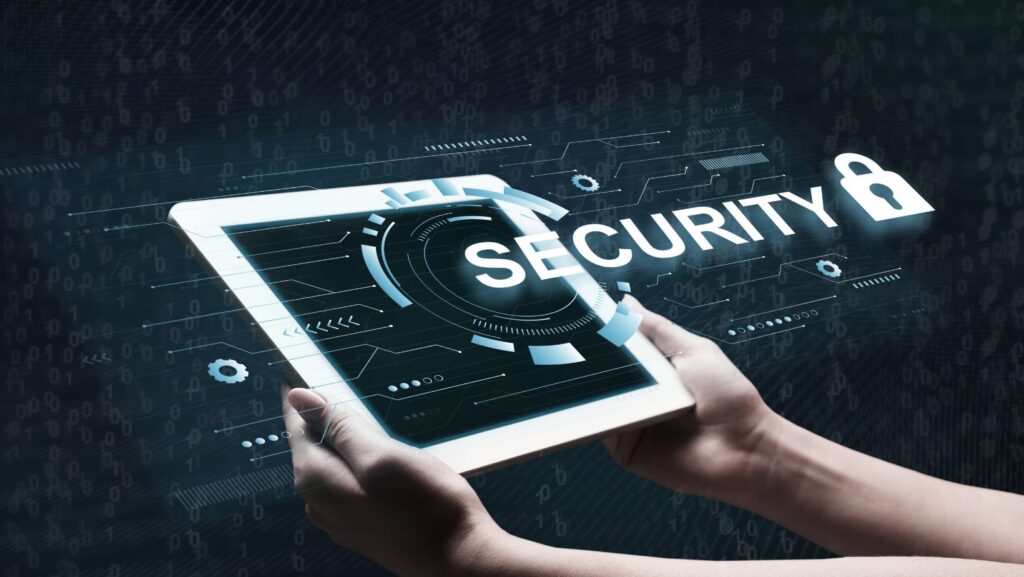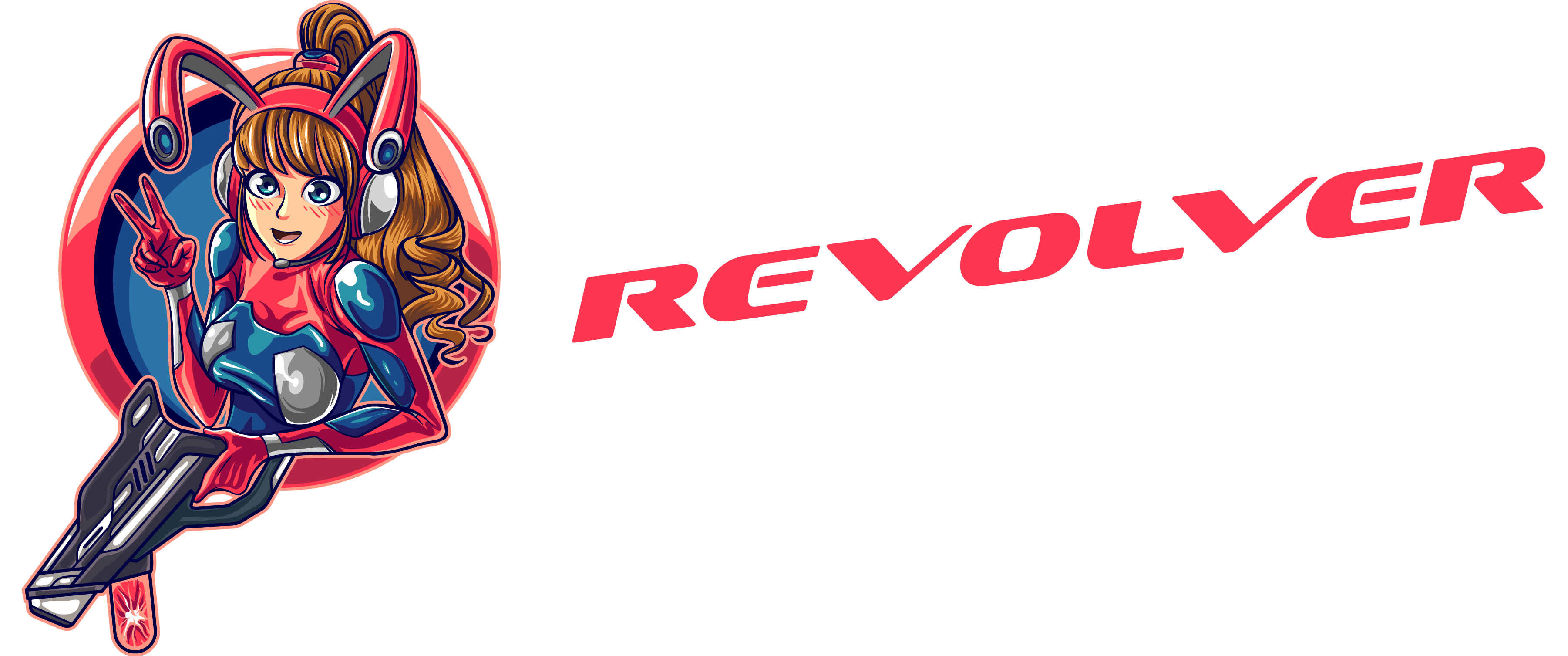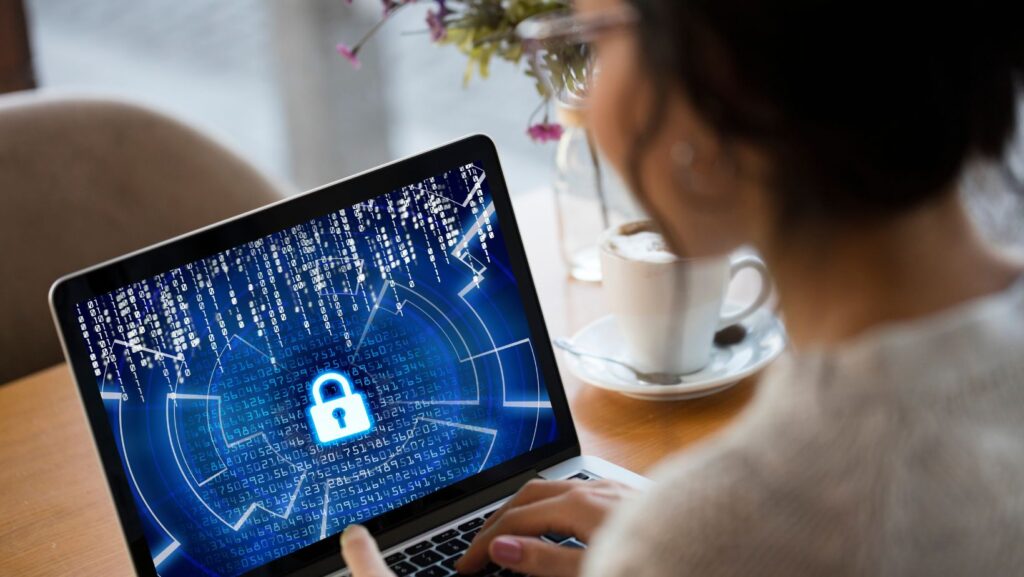AI is changing cybersecurity. It transforms how attacks happen and how defenses work. AI tools make it easier for cybercriminals to produce phishing emails, deepfakes, and malware. This speeds up their ability to steal sensitive data without being caught, much like how automation and data systems drive efficiency across platforms such as https://bizzocasino.com in the digital world.
Harvard Extension School organized a panel with CISOs and cybersecurity leaders. They discussed the new risks AI poses to cybersecurity. They also talked about the shifting threats we now face.
In the new era, CISOs must learn how to use AI as a security control — and how cyber attackers are using it to mount attacks. By building awareness and an AI proficiency, cybersecurity executives can keep their organization’s sensitive information safeguarded.
How AI Enables the Next Generation of Cyber Attacks
AI has democratized cybercrime. The bar for launching cyberattacks has fallen a lot. Now, even people without skills can use AI tools to commit digital crimes. For example, phishers don’t need to learn English anymore. They can use AI to create a convincing message to access a data system.
Naveen Balakrishnan, the managing director at TD Securities, shares insights on the latest in deepfake phishing.
“Attackers have powerful tools at their disposal. They can find your public data and personal information. This helps them carry out targeted phishing attacks.” And it’s incredible how much work is already done for them with very little effort.”
Hackers can now launch targeted cyberattacks more easily. AI helps them scale these attacks faster than ever. Hackers can generate malware code en masse and automate attacks.
The rapid pace of AI-driven attacks poses a serious challenge for organizations, raising the stakes like never before. David Cass is a cybersecurity instructor at Harvard Extension School. He is also the CISO at GSR and the president of CISOs Connect. He used his consulting experience to emphasize this point.
“I’ve worked with many companies that lost over $25 million in less than 30 minutes,” Cass said. “When you look at 30 minutes to lose more than $25 million — that’s not a lot of time to react to things.”
Hackers continue to look for new points of entry into a firm’s secure data. CISOs continually grapple with the choice of endpoint, supply chain, and third-party vendor security. Players use people, AI, and technology-based systems to access sensitive information.
Install Strong internal AI Governance
Governance structures play a vital role. They prevent manipulation of models and ensure they work as planned.
Cass explained how an internal AI model could be infected by a hacker. “The models learn from the data,” he said. “If an attacker poisons them, they become useless. You may miss important details if you focus too much on the model’s false information. This could lead to new ways for the attacker to strike.”

One important method for mitigating risk is to keep humans involved in the AI loop. Skilled human oversight remains essential to detect and stop AI-generated errors or malicious tampering.
The European Union recently issued guidance on AI usage. Experts believe the United States will follow suit with more guidance soon.
For now, CISOs should rely on established frameworks to guide AI risk management. The National Institute of Standards and Technology’s AI Risk Management Framework helps companies with AI risk. It shows them how to govern, map, measure, and manage those risks.
Invest in Cybersecurity Talent
Cybersecurity skills is more important than ever now. Businesses need seasoned security personnel who will be able to counter AI-driven attacks successfully. They should invest in training their current security teams. This will help them tackle advanced threats.
“AI is solving some of our lower-level problems for our security staff, but is it a replacement for them? Not really. “You still need people to step in and understand how your organization works,” Cass says. “Everyone may use the same enterprise technology stack, but we all set it up in our own way.” So we all create different vulnerabilities there.”
Team members will likely need to learn new skills to keep up in a rapidly changing threat landscape.
“We need to train and upskill people. Education is very important.” “We can’t roll out new technology and expect people to use it right,” Gold says.
Balakrishnan agrees:
“From a security lens, talent, talent, talent. We’ve got to find the right talent. We’ve got to train the right talent.”
Advice for Cybersecurity Professionals
With the environment changing, the panel gave unexpected advice to cybersecurity experts: be great at the basics.
“AI is always going to evolve. You need to grasp the basics first. Be aware of the tools that keep you safe, such as your emails and firewalls,” says Balakrishnan. “Then, I would say, keep improving by investing in your education.”
Predictably, cybersecurity skill is an ever-evolving field. CISOs and other security professionals will need to embrace lifelong learning. That is necessary to match the fast and advanced AI-driven threats.

